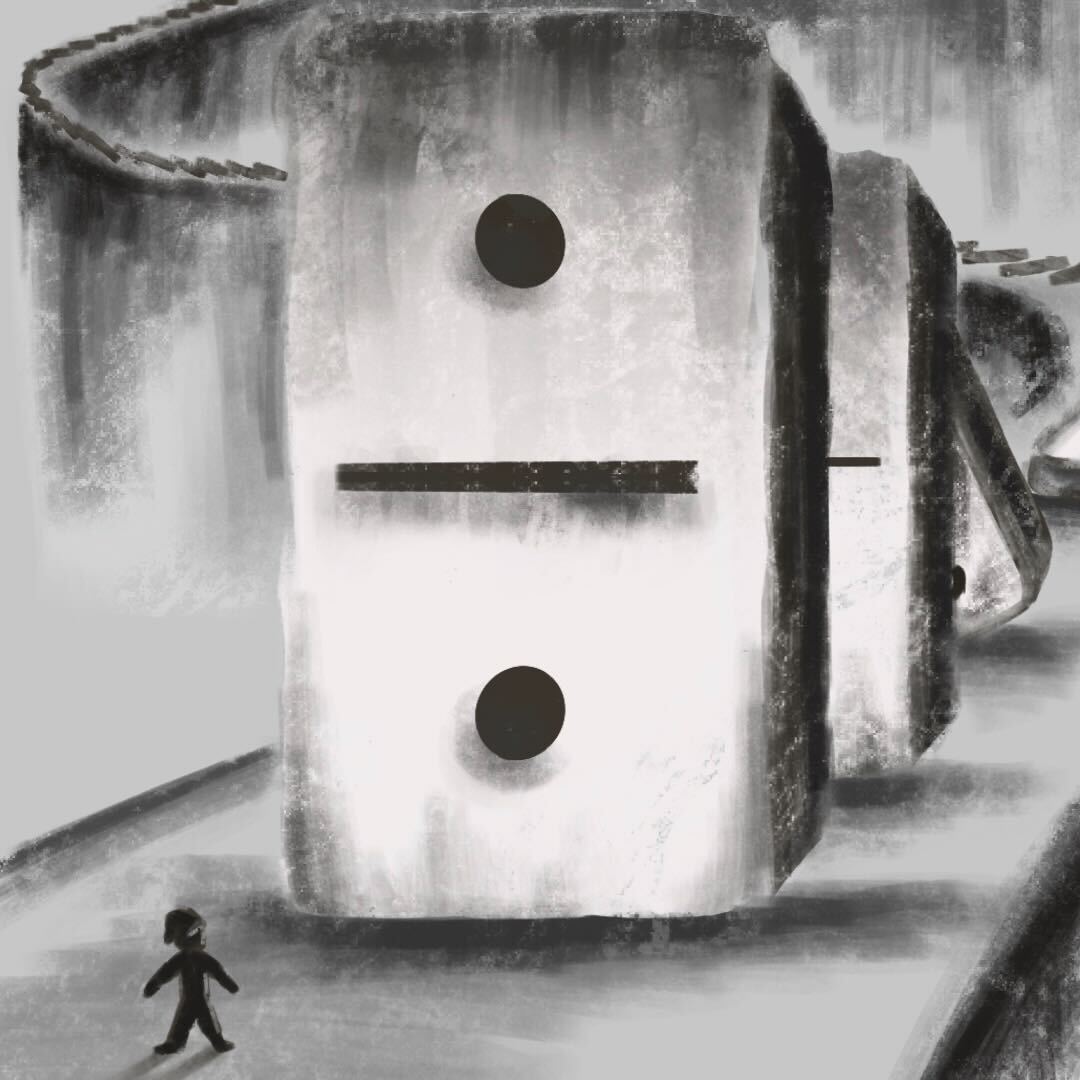“Crack the sky, shake the earth.”
This was the message from North Vietnamese forces that inaugurated the Tet Offensive. The historical parallels are jarring: a force perceived to be on their backheels demonstrating a willful display of aggression during a holiday that changed the complexion of a conflict henceforth.
The Tet Offensive was a significant escalation during the Vietnam War. It was a surprise attack coordinated during the Lunar New Year festival, achieving a dual objective of triggering instability throughout the country and punishing any notion of backing the Viet Cong into a corner.
What is yet to be determined is if the aftermath of this latest Hamas offensive will serve as a critical turning point as the Tet Offensive did 55 years ago, which eventually led to the toppling of US military superiority in the region. Will echoes of the past reverberate today, as it did in 1968? Would this skirmish act as the first domino to wobble in the circuitous snaking path that leads to eventual capitulation? The United State’s foreign policy during this era was stubbornly recalcitrant: curb the spread of communism at all costs. Today, with the attempt at cauterizing and containing Hamas, it resounds as a starkly redolent narrative.
A complete military intelligence failure allowed the United States forces to be caught comically unaware as VC forces en masse clandestinely conducted the most significant military operation up to that point of the war.
The aftermath was stunning. Although U.S. forces were able to beat back the encroaching VC forces, the offensive would have a debilitating outcome on morale stateside. Military scholars have accepted that the Tet Offensive was a strategic political triumph for opposing North Vietnamese forces, which would have grave consequences for home support and feasibility of a U.S. victory.
This would be seen as a defining moment of the war in which the U.S. public resigned itself to an unwinnable conflict.
Now, replace Lunar New Year with Sukkot and VC military engineers with Hamas militants, and a similar macabre tableau begins to manifest once the smoke clears.
Similar and more startling still are the comparisons regarding the far-reaching effects on public perception of the Israel-Hamas War abroad. The manner in which it has hauled our attention collectively to scrutinize and reevaluate the context of the conflict.
Akin to Walter Cronkite and the American Midwest in 1968, Angelenos have been beset with a sense of helpless impotence in the face of such undiluted carnage. Israel was shocked by Hamas’ ability to launch a guerrilla incursion of this scale, scope, and magnitude in secrecy. We’re left discouraged and shaken by images flooding social media unmoderated. And rendered disquieted by the disproportionate bombing campaigns that immediately followed both in Vietnam and Gaza.
Whether it is Pulitzer Prize-winning photographs of summary executions on the streets of Saigon, or cell phone footage of indiscriminate shooting at a music festival, we’ve arrived at a watershed moment, a precipice of compounding despair.
Furthermore, connections can be found in Hamas’ desire to incite a popular uprising amongst Palestinians and take up arms as fighters surged into Israeli territory. Similarly, North Vietnamese commanders and Hanoi had hoped for armed rebellion along the countryside and trigger mass defections. Neither objective would manifest itself. But both assaults would incite a decline in optimism as the rampage, seemingly infinite, raged on.
Additional affinities between the two offenses can be found in the strategic fallout, namely the intensification of ineffectual bombing campaigns that would follow. The same grotesque imagery that would reverberate beyond the battlefield impedes pacification, splits public opinion, and further galvanizes already long-held beliefs of obstinacy on either side. The impugning of bilateral agreements is rampant, be it the Tet Truce Ceasefire or the Abraham Accords alike.
It’s all the same abject medley emanating from the organ grinder of history, from Saigon to Sukkot and Kibbutz to Khe Sanh: grim and all too farcical.
A shared shalom scarcely in sight.
Tommy Vinh Bui is a librarian and doctoral student. He was a Peace Corps volunteer serving in Central Asia and a 2018-19 Arts for LA Cultural Policy Fellow for the City of Inglewood. His work can be found in the current exhibition at the Wende Museum Vietnam in Transition, 1976-present about the multi-layered intersection of arts, history and memory since the end of the Vietnam War.






